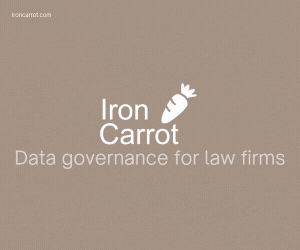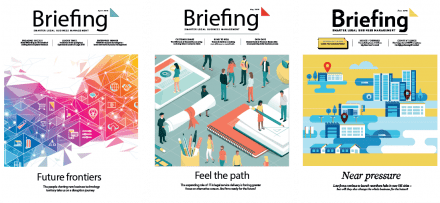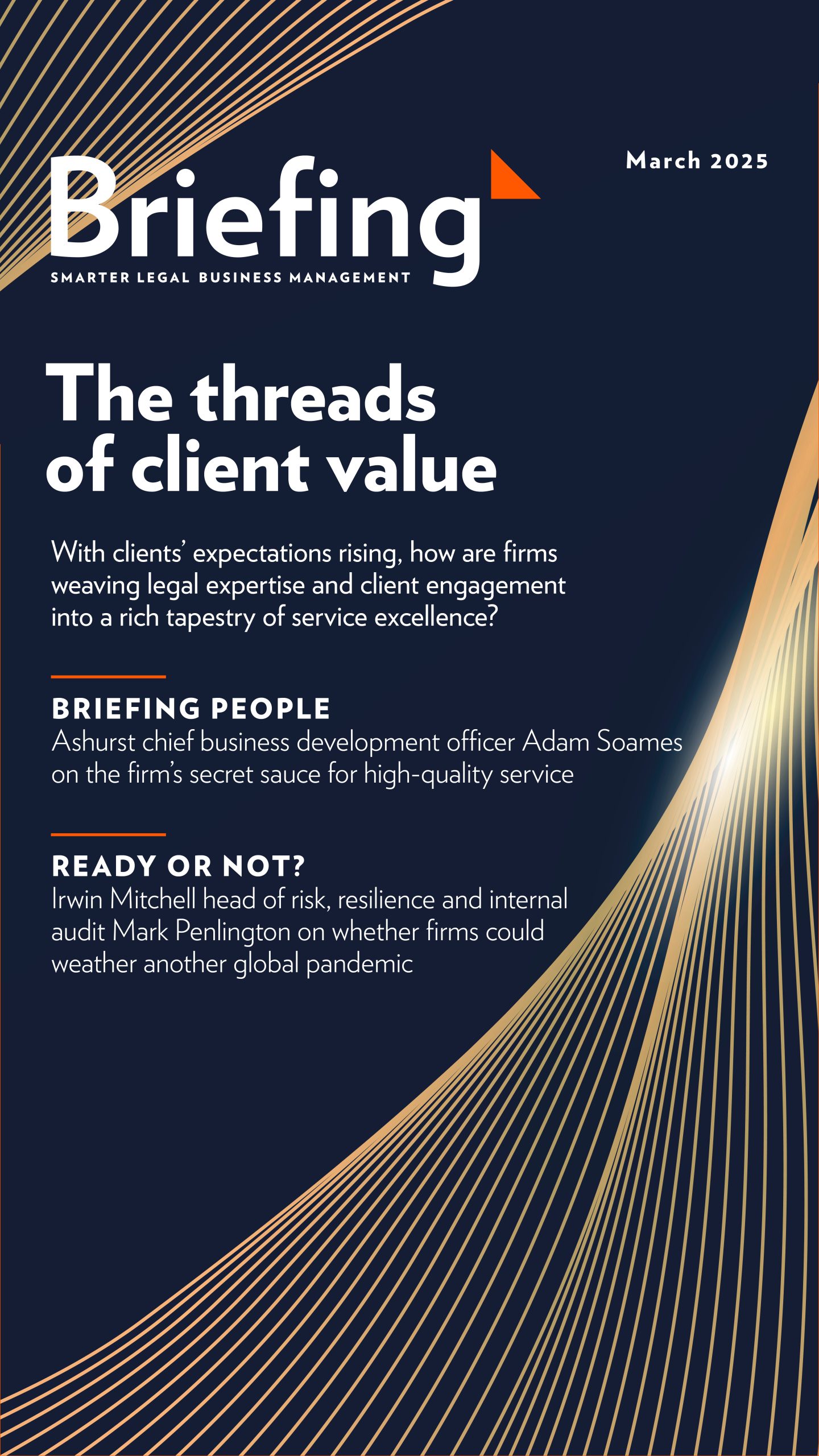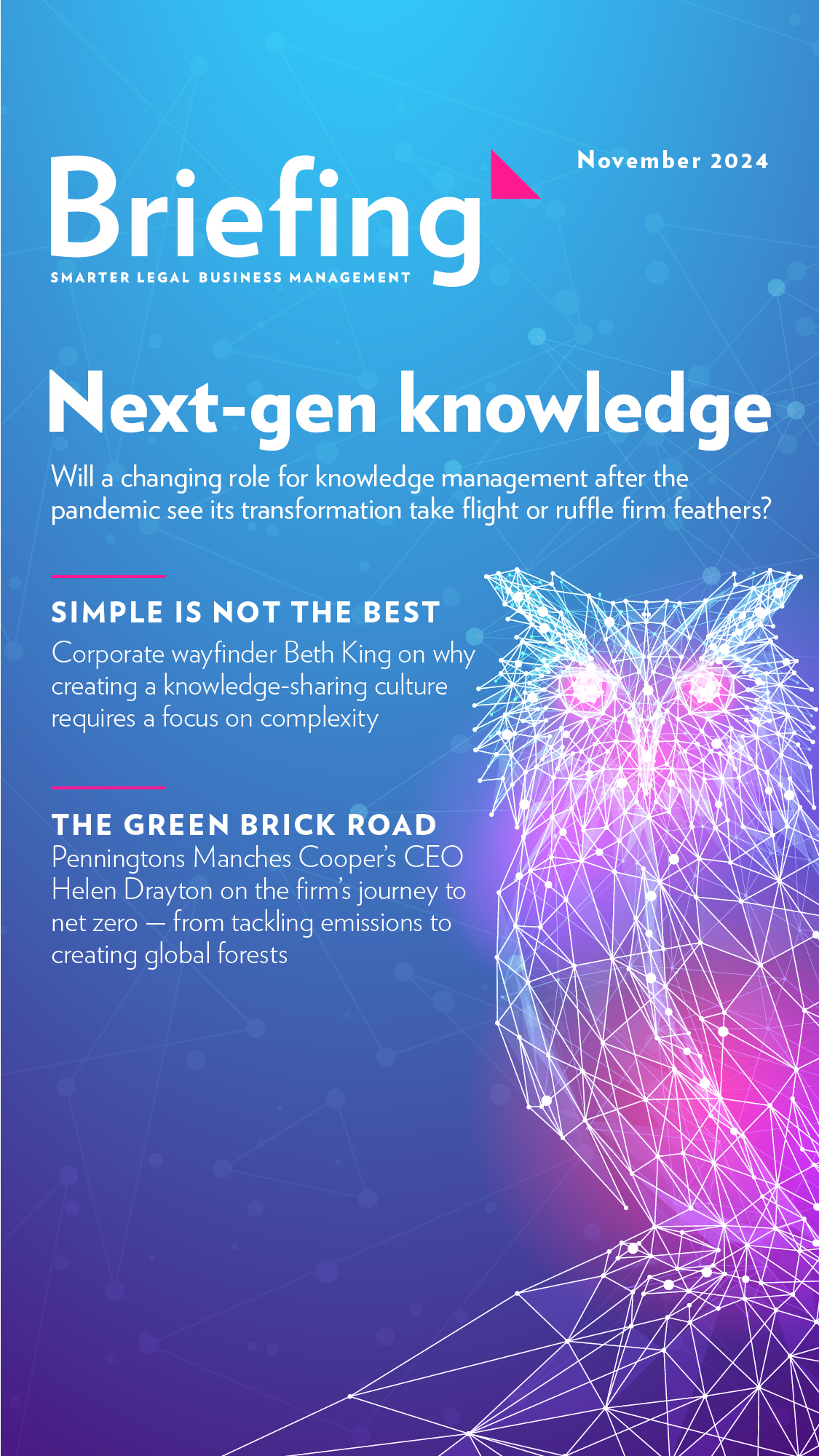EDITOR’S LETTER
I assume most of you will have heard of work done on managing ‘sticky relationships’. Ah no, that’s nothing to do with trying to keep a big row from blowing up in the papers in already turbulent times. It’s the way that organisations – perhaps, say, those papers themselves – try to keep people consistently coming back for more of the same, and the promise of better.
It’s the reason that, even bombarded with feline and Brexit memes every day, people still find a summer hols social media cleanse so challenging. Or, for example, it has been used to describe the way law firms seek to weave their way deeper into the fabric of most cherished clients. We all like to feel indispensable, right? But if customers seem to keep seeing you around (and that appears to be in a good way – say, addressing some of their strategic business challenges), they’re probably less likely to take time to shop around for somebody new. One big element of this could be a healthy culture of committed client relationship management. CRM isn’t just an IT system for catching and recording vital client details, it’s the way the system
is used to construct ‘stickier’ client relationships than you’d have otherwise.
We’re talking about the same basic challenge. What keeps people wanting to come back to you each day, rather than being tempted by the competition or a change?
It’s less common to hear businesses talking about achieving stickier relationships with their own employees. They’re more likely to use a word like engagement. Fundamentally, however – for all the great organisational purpose, and the vision, and the values – we’re talking about the same basic challenge.
What keeps people wanting to come back to you each day, rather than being tempted by the competition or a change?
Attrition is expensive, and with a light rightly being shone more brightly on mental health in the last few years, firms are investing in ever more people-based initiatives – addressing work-life balance, more equitable resourcing of the work bit, and perhaps even some innovative support when it comes to the challenging business of life. More often than not, there will be an element of technology involved in delivering all of these – and the experience of that had better be a touch sticky, too.
The Briefing July/August magazine issue: Don’t leave us this way
Time unravel
Is yours one of the firms now not only offering people ‘agile’ working – that is, the opportunity to work from home or another place they obviously prefer to the office – but absolutely, positively encouraging it?
If you’re not convinced of the case, you might be interested in some new EY-supported research from Timewise that says almost three-quarters (73%) of ‘Generation Y’ (aged 18-34) working full time now do so flexibly one way or another. I was certainly surprised.
And although flexible-working reality and role models are widely seen as an important element in improving the diversity that runs through an organisation, these researchers also claim they’ve busted the “mum myth.” A striking 84% of male (and ok yes, a larger 91% of female) full-time workers strongly prefer “non-traditional working patterns.”
Then, the report cites everything from the path of Brexit, to increased automation of key tasks, and the new obligation to publish a gender pay gap, as pressures building behind getting the agility offer absolutely right. Both firm recruitment models and the very design of jobs of the future (which are by no means necessarily part-time) may need rethinking and revision.
Some have concerns about the agile revolution, however. One fascinating new assessment in the journal New Technology, Work and Employment finds that, while remote working correlates with higher commitment to your organisation – and even feelings of job-related wellbeing – those working this way may well be working significantly harder to compensate for absence from ‘the office’.
Both firm recruitment models and the very design of jobs of the future (which are by no means necessarily part-time) may need rethinking and revision.
Co-author Professor Alan Felstead, from the school of social sciences at Cardiff University, said his study “shows that employers benefit from increased effort as workers strive to show that working remotely is not a slacker’s charter.
“However, remote workers find greater difficulty in redrawing the boundaries between work and non-work life.”
Others have other boundary issues – including, with the ‘agile’ open-plan, and potentially hot-desking, offices praised in many an article for producing better project collaboration (and therefore efficiency) and cross-enterprise knowledge-sharing (business opportunity).
BT’s Dr Nicole Millard, for example, recently told New Scientist Live that these benefits only really kick in if you’re sat sufficiently close to intended collaborators. And alas, that’s precisely when the less outgoing among us are also more likely to clam up and bury our heads …
It’s not the only problem. “We’re interrupted every three minutes,” The Daily Telegraph reports Millard saying. “It takes us between eight and 20 minutes to get back into that thought process.”
A knock-on effect of these inccessant interruptions is an increased tendency to “task-switch” – continually juggling day-to-day priorities, and quite possibly dropping the worst possible ball. Time-sensitive emails can go unsent, deadlines and strategic windows get missed. Could this, in fact, be a factor in why productivity is a growing problem for business? (One that Prof Felstead indicates more home-working can apparently help.)
Millard entertainingly predicts the rise of the ‘coffice’ to take on open-plan working in the long run – working alone, but wired, in a coffee shop or lobby location. It should be noted that this may also help our caffeine industry out as there are reports we near ‘peak coffee shop’ – in this country at least. But at a recent Briefing Frontiers event on piloting agile-working, one client-side attendee was clear he wasn’t keen on his external lawyers leveraging that opportunity.
Let’s be clear – firms we speak to are mostly highly optimistic about the increased efficiency and attraction of an open-plan/agile combo. And they’ve taken steps to meet perceived challenges – from designated ‘quiet carriages’ or private booths, to ‘sit-stand’ desks that get the blood and engagement pumping that little bit more. They also point to practical management matters, such as careful calibration of in-office and away days; and even rules for exactly who can bother you by email when, about what, outside of core hours.
Still, open-plan may not be the one-size-fits-all, ‘no brainer’ of a change it’s sometimes painted as.
Still, open-plan may not be the one-size-fits-all, ‘no brainer’ of a change it’s sometimes painted as.
Large-scale organisational change certainly shouldn’t be taken lightly. Moreover, any hint of one exciting new rule for some, something else for the others, can be an especially hard sell.
Meanwhile, if there’s no place like home, one possible priority might be better data about specific tasks, working patterns and the associated outcomes – so you could at least lead people to some smarter decisions about exactly which work they do where (and perhaps even when). That way higher personal productivity could make for an even happier workforce – plus, of course, healthier profits.










